A brief tour of some little known spots
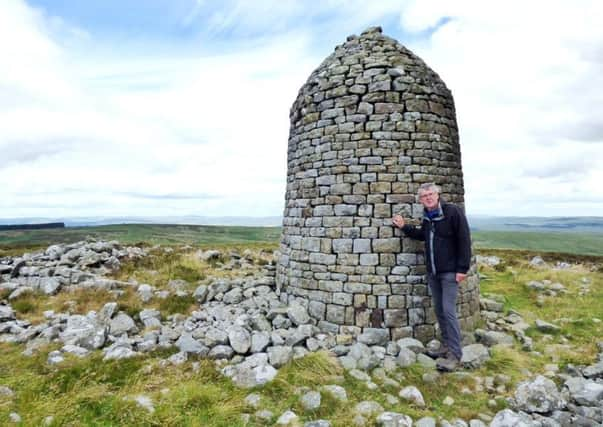

Starting in the south of the county, near Walwick, we will visit a little-known memorial (NY885697).
A short walk across fields and through a wood brings you to Look Wide, a memorial to the first Scout Camp, held by Baden Powell in 1908. Most people think the first camp was at Brownsea Island, but this predated the start of the Scout movement.
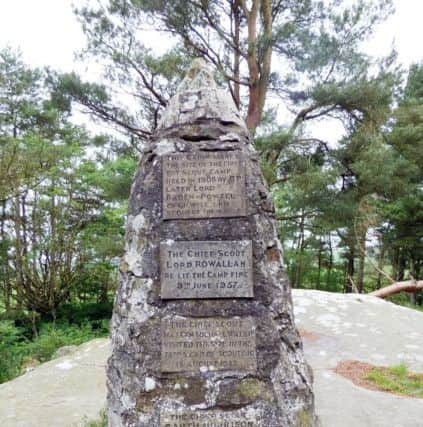

Advertisement
Hide AdAdvertisement
Hide AdHeading north, to the west of Otterburn, we find a monument on top of Padon Hill (NY820928), which commemorates the golden wedding anniversary of Sir Charles and Lady Morrison-Bell of nearby Otterburn Hall.
It is claimed that the stones were taken from an old church built here by dissenting minister Alexander Pedon, who preached in this remote spot to avoid interference from the authorities. Foundations of an old building nearby would support this idea.
In Thrunton Woods we can find MacCartney’s Cave (NU061094). Caves have long had a fascination for us, perhaps linked to times when they provided a place of shelter and security. This one was dug out of the sandstone cliff by hand in the 19th century by a monk who used it as an oratory. The cave is part way down a slope, near the old Callaly Castle.
West of Alnwick is the oddly named Jenny’s Lantern (NU119153), which sits on top of a hill on a small patch of open land. It is a gentle climb from the roadside, passing the remains of an Iron Age hill fort, as well as cup and ring marked stones.
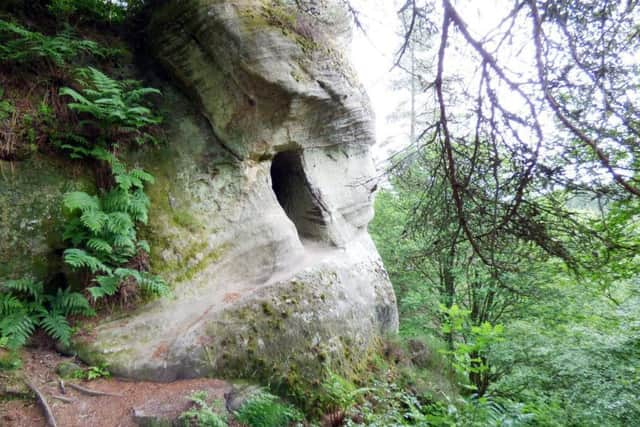

Advertisement
Hide AdAdvertisement
Hide AdWhen you get to the top you find that the Lantern is a ruined house. Legend has it that it was named after a shepherd’s wife who would light a candle to guide her husband home. The house seems grander than you might expect a shepherd to live in, and it has a very dramatic gable. It was built as an ‘eye catcher’ to provide a view for the people at Shawdon Hall. It appears that the shepherd was forced to live on this exposed hill top in order to provide an interesting spectacle for the landowner.
For a change, I thought we’d head north and cross the border into Scotland, albeit only by a few miles. While I’ve normally kept within the confines of Northumberland for these articles, I don’t think it’s inappropriate to take a brief excursion beyond the border. After all, while we may see ourselves as Northumbrian, we are at the same time Borderers, with so much shared history.
For many years, while driving north on the A697, I have seen a sign just north of Coldstream, pointing to the Richard Hillary Memorial. Recently, I thought I’d take this side road to see who Richard Hillary was and why he has a memorial.
Australian-born Richard Hillary was an RAF pilot who flew Spitfires in the Battle of Britain. He was credited with bringing down five enemy aircraft. On September 3, 1940, he was shot down and suffered terrible burns to his face and hands.
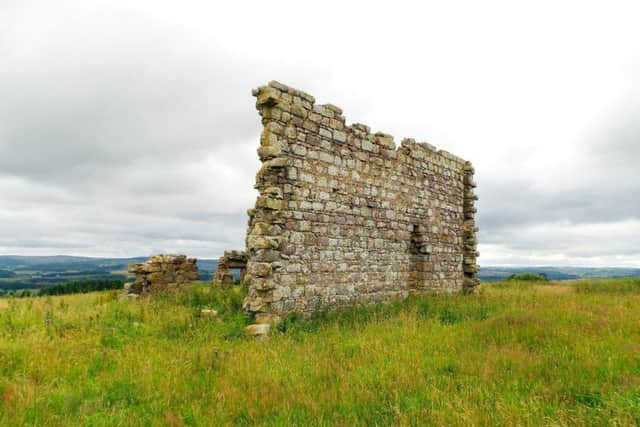

Advertisement
Hide AdAdvertisement
Hide AdHe was treated by the RAF’s pioneering plastic surgeon Archibald McIndoe and following his recovery was posted to RAF Charterhall near Duns, an airfield which specialised in training pilots to fly night fighters.
In the early hours of January 8, 1942, Flight Lieutenant Hillary and his navigator Sergeant Fison were killed when their Blenheim crashed a few miles north east of the airfield. It is thought that the build-up of ice on the aircraft’s wings may have caused it to stall. In 2001 a memorial to the men was erected near the entrance to the old airfield (NT775467).
After the war, RAF Charterhall was closed, but in common with many airfields, it found a new use as a motor racing circuit. Opened in 1952, it hosted many famous drivers, such as Mike Hawthorn and Stirling Moss, and it was here that local farmer’s son Jim Clark reputedly saw his first race.
Jim started driving in local events and his innate talent was clearly evident. He went on to race at Charterhall, but soon caught the eye of Colin Chapman, the brilliant designer responsible for Lotus. In what would become one of the great designer/driver partnerships, Jim Clark won the Formula One World Championship in 1963 and 1965, as well as the Indianapolis 500 in 1965.
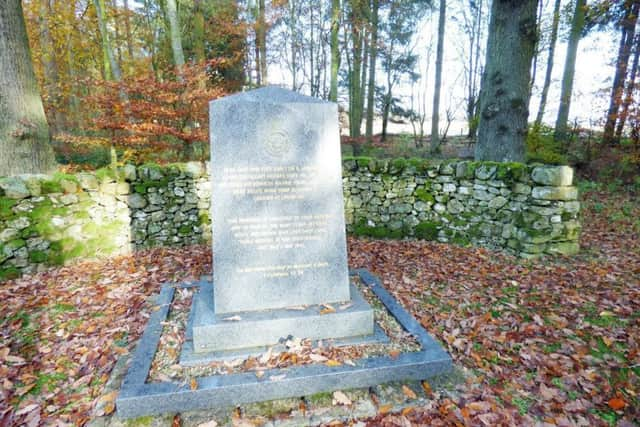

Advertisement
Hide AdAdvertisement
Hide AdOn April 7, 1968, Jim Clark was tragically killed in a Formula Two race at Hockenheim in Germany. He was buried in his local church at Chirnside (NT870560), with his funeral attended by all the great drivers of his era. Jim Clark is still considered one of the best racing drivers of all time.
That brings to a close this brief tour around our region. I hope I have given you some ideas for getting out and about in the New Year.
And finally, when I said this was to be the last article of the year, it will in fact be my last Off The Beaten Track. I feel that after nearly three years, it is time for a change, both for me and for you, the reader. I hope that you have found some of the articles interesting and enjoyable.